Musty Smell in ONE room of new home (after pressure washing)
biodole
10 years ago
Featured Answer
Sort by:Oldest
Comments (17)
millworkman
10 years agolast modified: 9 years agobiodole
10 years agolast modified: 9 years agoRelated Professionals
Centereach General Contractors · Claremont General Contractors · Exeter General Contractors · Hanford General Contractors · Homewood General Contractors · Klahanie General Contractors · Kyle General Contractors · Towson General Contractors · West Melbourne General Contractors · Wheeling General Contractors · Fruit Heights Home Builders · Lake Worth Home Builders · South Hill Home Builders · Walker Mill Home Builders · Miller Place Plumberssoutherncanuck
10 years agolast modified: 9 years agobiodole
10 years agolast modified: 9 years agojcalhoun
10 years agolast modified: 9 years agobiodole
10 years agolast modified: 9 years agojcalhoun
10 years agolast modified: 9 years agobiodole
10 years agolast modified: 9 years agojcalhoun
10 years agolast modified: 9 years agoESMAN
10 years agolast modified: 9 years agoESMAN
10 years agolast modified: 9 years agokarinne2164
8 years agotoxcrusadr
8 years agoHU-956033676
3 years agoHU-152546386
2 years agodani_m08
2 years ago
Related Stories
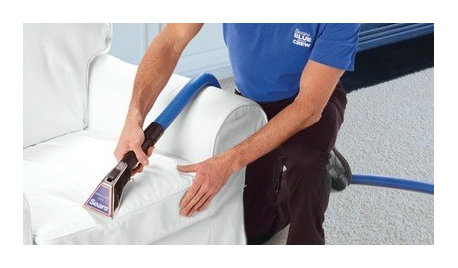
HOUSEKEEPINGWhat's That Smell? What to Do About Stinky Furniture
Learn how to diagnose and treat pet and other furniture odors — and when to call in a pro
Full Story
FEEL-GOOD HOME9 Smells You Actually Want in Your Home
Boost memory, enhance sleep, lower anxiety ... these scents do way more than just smell good
Full Story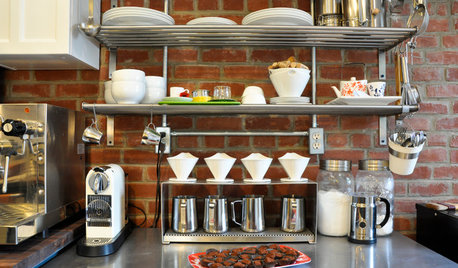
KITCHEN DESIGNSimple Pleasures: Wake Up and Smell the Coffee
Slugging down any old sludge while pulling on socks is no way to start the day. Learn to brew amazing java and savor the experience here
Full Story
LAUNDRY ROOMSRoom of the Day: The Laundry Room No One Wants to Leave
The Hardworking Home: Ocean views, vaulted ceilings and extensive counter and storage space make this hub a joy to work in
Full Story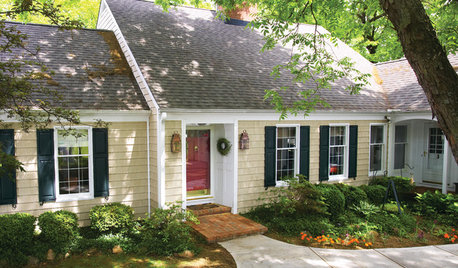
HOUSEKEEPINGHow to Wash Your House
Avoid damage to siding and plants while getting your home's exterior shining clean, with this guide to using pressure washers and hoses
Full Story
DISASTER PREP & RECOVERYRemodeling After Water Damage: Tips From a Homeowner Who Did It
Learn the crucial steps and coping mechanisms that can help when flooding strikes your home
Full Story
MOST POPULARWhat to Do After a Hurricane or Flood
How you treat your home after a natural disaster can make all the difference in its future livability — and your own personal safety
Full Story
MOST POPULAR9 Real Ways You Can Help After a House Fire
Suggestions from someone who lost her home to fire — and experienced the staggering generosity of community
Full Story
FUN HOUZZWhat You Do When There’s No One Around
Ice cream binges, air guitar concerts, napping in the closet. Houzzers worldwide disclose their quirky secret indulgences
Full Story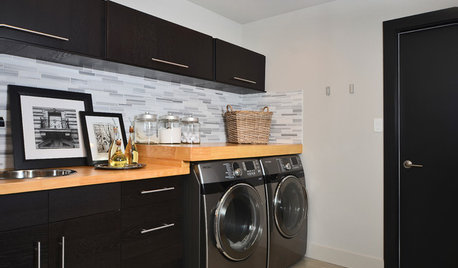
ORGANIZING6 Ways to Care for Your Washing Machine
Keep your laundry room and clothes in great shape with these basic washing machine tips
Full Story





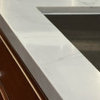

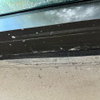
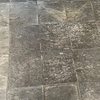
biodoleOriginal Author